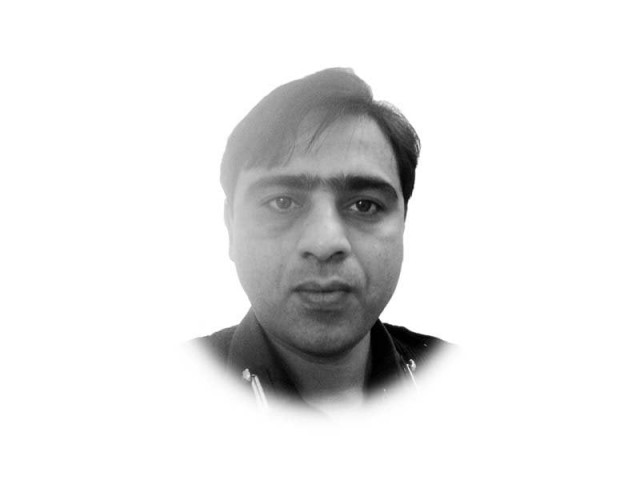Interconnected insurgencies
Individuals in a group(s) have established ties with other insurgent members in physical and non-physical spaces

The writer is a Senior Police Manager and Supervisor. He is a Fulbright scholar and an MPA from Columbia University, NY. He can be reached at choasayden@yahoo.com
First, an insurgent group is composed of individuals belonging to different regions, sectarian affiliations, social conditions and cultural backgrounds. Apart from their motivational motifs, they maintain links with their social capital and act individually at will. Second, the members of one group often seek logistical and human resource assistance in carrying out an operation, from another group. Most operations have overlapping areas of interest which either supports the ideological objective of the group extending help or it gains considerably in financial and monetary terms from such an action. For example, suicide attackers are usually provided to a group, operating in a different geographical area and confronting different counter insurgent tactics, by another. Moreover, members of these insurgent groups also exchange tactics and battlefield plans with each other for mutual benefit. Third, a group fighting in a limited geographical area usually extends safe sanctuaries to key members of other groups so that these individuals can guide their insurgencies with secure leadership and issues statements on social media for the consumption of population and group members. We have seen on numerous occasions that individuals from various Baloch insurgent groups find refuge in Iran or Afghanistan with active support of the groups operating in these countries. This was also observed during the elimination of Mullah Akhtar Mansoor near a town of Ahmad Wal after he crossed into Pakistan from Iran in 2016.
Lastly, many members of these insurgencies act as double or triple agents and hence share information about insurgent groups. These individuals may have links with intelligence agencies as well and update them about the tactics and operational plans of their groups. For instance, a retired Indian army major, Gaurav Arya, hurled threats at Pakistan at a TV show in May 2020. He boasted that he had numbers of all Baloch insurgent leaders and Pakistan would pay for killing Indian force personnel in Kashmir. He further lambasted that the blood of Pakistani soldiers would be shed in Balochistan. Within a few days, two major incidents shook Balochistan when IEDs killed nearly 13 army men. This clearly suggests that Indian intelligence agents are working in cohorts with Baloch insurgents. Hence, they retaliate with impunity for any damage done to their counter-insurgency efforts in Kashmir. Recently, Pakistan also protested to Iran over inaction against groups providing safe havens to Baloch insurgents.
The arc of insurgency is spread across the region. Individuals in a group(s) have established ties with other insurgent members in physical and non-physical spaces. Any spark from action between an insurgent and a counter-insurgent in a country often ignites similar violent flickers in other regional countries.
Published in The Express Tribune, May 30th, 2020.
Like Opinion & Editorial on Facebook, follow @ETOpEd on Twitter to receive all updates on all our daily pieces.














COMMENTS
Comments are moderated and generally will be posted if they are on-topic and not abusive.
For more information, please see our Comments FAQ